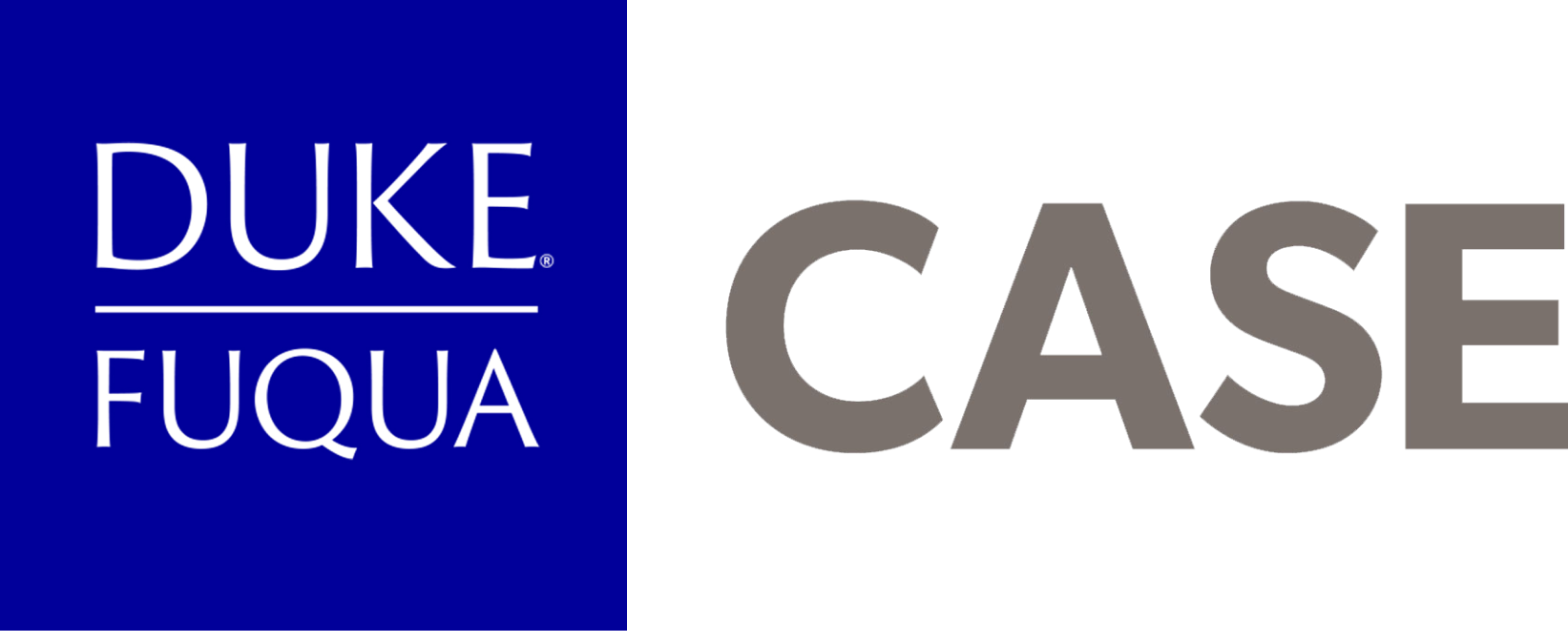This post was written in April 2014 by CASE i3 teammates and Duke MBA students Clayton Avent, Aaron Gress, Francisco Jimenez, Jesse Johnson, and Sumit Sharan.
A for-profit forestry social enterprise came to the CASE i3 Consulting Program (CASE i3CP) for guidance on how to scale their business model and attract new capital from impact investors. The business’ innovation was already attracting awards and press from conservation organizations, but the venture needs $10 – $20 million of additional capital to reach operational sustainability and improve the land of additional forest-dwelling communities.
The CASE i3CP team first interviewed potential investors to understand their financial and impact requirements, then recommended business model enhancements to help the client attract impact investor capital. Three insights from the CASE i3CP team’s experience could be applied to other social enterprises looking to scale from innovation to operational sustainability.
1. Do that thing you do:
The default for entrepreneurs is often to Do-Everything-Yourself. They say, “Cash is low, so we’ll just D-E-Y.” They end up spreading their limited resources too thin, slowing the growth of the business, or worse, failing to articulate to investors why they are best suited to deliver this new product or service to the market. The fix is to look in the mirror and ask first, what your business does better than anyone else. And second, what does your business need to control to ensure the delivery of timely, quality products or services to your customers? Where these two answers intersect is where you should spend your time and money.
Our client’s core competency was in developing land partnerships with locals. However, the company was spending most of their resources building forestry management expertise, neglecting to develop a pipeline of new land partners. Based on advice from CASE i3CP, the client has decided to contract the management of their forestry operations to a reputable international forest manager. With their new-found time they will focus on developing a pipeline of partner communities and better articulating the market size and scale potential during investor meetings.
2. Look inward when searching for new funds:
Many times start-ups can attract early customers but ultimately need to take their foot off the gas or close the business when fundraising dries up. Often the most efficient way to raise money and scale is through internally generated cash. Looking for self-funding projects within your business model can safeguard against this funding gap and create a virtuous cycle of cash generating, reinvesting, increasing attraction to outside investors, and ultimately growing into a sustainable business.
The team realized that the forestry enterprise company’s high internal rate of return (IRR) project was lacking interest from investors because there weren’t enough interim cash flows to fund operations and provide early liquidity options to investors. The team recommended investing in a wood chipper to process the business’ own and neighboring plantation timber residue and delivering it to a cement factory looking to replace high CO2 emission coal with a renewable resource. The adjacent business leveraged two existing resources: community contacts and wood residue, and allowed frequent and consistent cash flows to fund operations and growth.
3. Measure your impact:
A classic business school phrase is you can’t manage what you can’t measure. Where this is most necessary is for social entrepreneurs trying to prove social or environmental value created from their business model. Not only can this help attract initial investments, but research published by CASE i3 in 2013 showed that social entrepreneurs who could better articulate their impact through external ratings, etc. were correlated with higher financial growth. Valuable impact metrics a) are directly influenced by the company and b) derive more marginal benefit to the business than the marginal cost needed to measure the metric.
The client was initially promoting carbon sequestration, biodiversity benefits, water quality improvements, and decreased pressure on virgin rainforest, among others. While many agree these are environmentally positive goals, it was hard to measure and even harder to link outcomes directly to the company’s activities. The i3CP team and the forest enterprise ultimately decided the primary risk to the community was soil erosion and degradation. The business proposed to manage and highlight the positive impact on increased soil nutrient levels. This metric was directly traceable to the company’s activities and already measured during normal forest operations. All that remained was to clearly articulate this environmental metric as a company goal and report incremental improvements to investors.
The capacity for an impact entrepreneur to focus operations, harvest internal cash opportunities, and measure impact can improve their ability to cross the chasm from novel innovation to scalable business model.
To learn more about the CASE i3 Consulting Program, click here.

